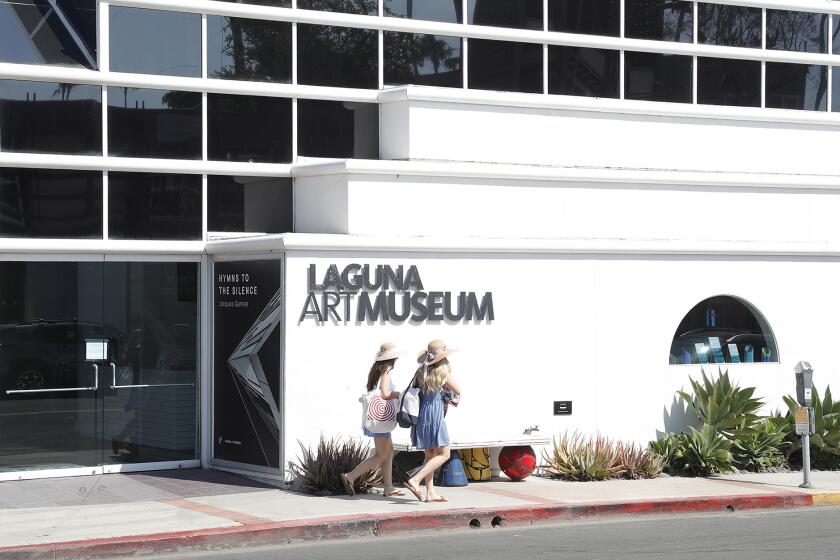River cleanup time has come
- Share via
What for too long was a trickle seems finally, thankfully, a flood.
Each week, almost, there is news of yet another bill, group or
plan designed to clean up and keep clean the Santa Ana River and, by
short extension, Huntington Beach.
In February, Huntington Beach Assemblyman Tom Harman introduced an
amendment to state law that would require two-thirds voter approval
for any new fees or taxes. Importantly, the bill would add
urban-runoff to the list of water fees that could be imposed without
a vote and could generate millions of dollars to pay for cleanup
efforts.
His colleague, Assemblyman Lou Correa (D-Santa Ana), has proposed
creating an umbrella agency similar to the Santa Monica Mountains
Conservancy as a means to set aside land for open space and parks.
The bill has the backing of Harman and Costa Mesa Assemblyman Ken
Maddox, though local officials -- including the Board of Supervisors
-- are balking about loss of local control. It is a plan that
deserves support and the effort of all to find a solution to the
disagreements.
Huntington Beach officials this summer will receive specific plans
to handle urban runoff that includes a detailed map, drawn with a
global positioning satellite, of the 1,700 catch basins in the city.
And across the river, Newport Beach is intent on cleaning up a
concrete drain along Coast Highway and Seashore Drive that dumps a
“bacteria stew” into the river, an obvious step that should have
quick, clear benefits along the river and Huntington’s beaches.
All of these efforts come on top of $424 million in work completed
by the Army Corps of Engineers two years ago that helped reduce the
number of people in the river’s flood plain. If all goes well, the
Army Corps will return next year to dredge the river near the Adams
Avenue over-crossing.
Obviously, it is not easy or cheap to clean up the river.
And there is an understandable amount of complaining that
Huntington and Newport officials are having to carry the weight of
the work and the brunt of the cost. But it’s the “downriver” people,
those fortunate to live near where the river meets the sea, who
benefit most from clean water and clean shorelines.
Having both is worth the effort and the cost.
All the latest on Orange County from Orange County.
Get our free TimesOC newsletter.
You may occasionally receive promotional content from the Daily Pilot.



